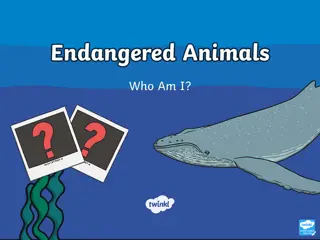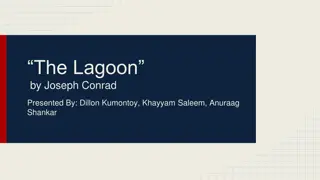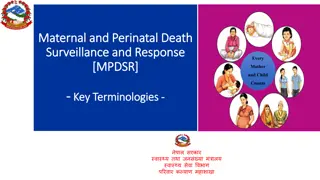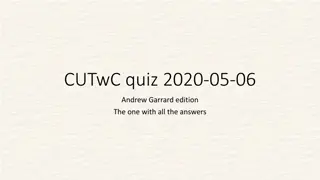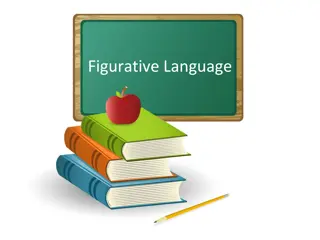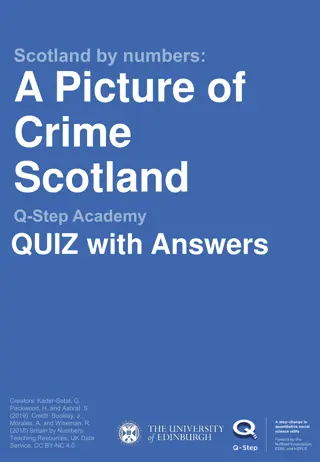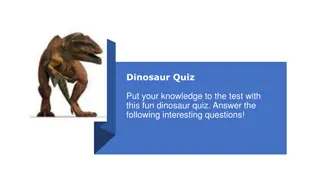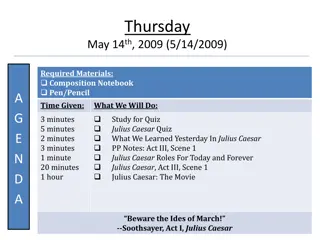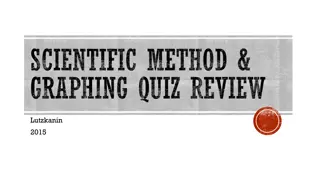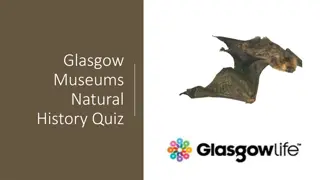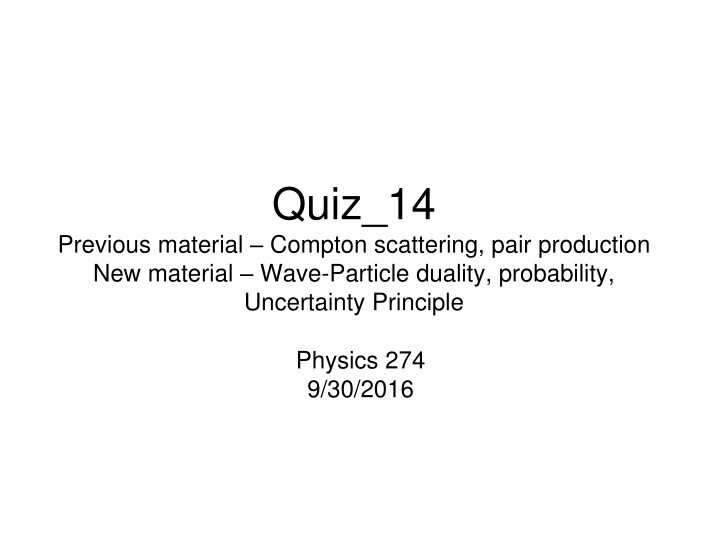
Compton Scattering, Pair Production, and Wave-Particle Duality in Physics
Explore the concepts of Compton scattering, pair production, and wave-particle duality in physics through a quiz covering topics like probability and the Uncertainty Principle. Learn about the behavior of light in these phenomena and the principle of complementarity.
Download Presentation

Please find below an Image/Link to download the presentation.
The content on the website is provided AS IS for your information and personal use only. It may not be sold, licensed, or shared on other websites without obtaining consent from the author. If you encounter any issues during the download, it is possible that the publisher has removed the file from their server.
You are allowed to download the files provided on this website for personal or commercial use, subject to the condition that they are used lawfully. All files are the property of their respective owners.
The content on the website is provided AS IS for your information and personal use only. It may not be sold, licensed, or shared on other websites without obtaining consent from the author.
E N D
Presentation Transcript
Quiz_14 Previous material Compton scattering, pair production New material Wave-Particle duality, probability, Uncertainty Principle Physics 274 9/30/2016
Q.1 In Compton scattering, light hits an electron and bounces off at an angle from the incident direction. The electron was initially at rest, but gains momentum from the scattering. The scattered light has the A. Same frequency as the incident light B. Higher frequency than the incident light C. Lower frequency than the incident light D. Half the frequency of the incident light.
Q.2 In Compton scattering, a photon has both energy and momentum. What are expressions for the phonon energy (E) and the magnitude of the photon momentum? A. E = hf, p = hl B. E = hc2, p = hl C. E = hf, p = hc D. E = hf, p =h l
Q.4 What does the Principle of Complementarity say about experimental results involving light A. We need both the wave nature and the particle nature of light simultaneously to explain one aspect of a single experiment. B. We need both wave nature and particle nature to explain all experiments but do not need both simultaneously for one aspect of a single experiment. C. The principle is false, light is a wave.

